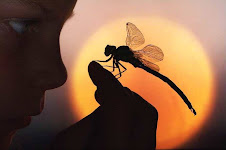Nucleus: Directs all of the cells activities including reproduction.
Mitochondria: Most of the cell’s enemy produced within these rod-shaped organelles.
Cytoplasm: Includes a gel-like fluid in which many different organelles are found.
Ribosome: These small structures function as factories to produce proteins. Ribosome may be attached to the endoplasmic reticulum, or they may float in the cytoplasm.
Cell Membrane: Since an animal cell does not have a cell wall, the cell membrane forms a barrier between the cytoplasm and the environment outside the cell. The cell membrane protects the cell and regulates what substances enter and leave the cell.
Vacuole: Most mature plant cell have one large vacuole. This sac within the cytoplasm store food, water, waste and other materials.
Lysosome: These small organelles contains chemicals that break down food particles and worn-out cell parts.
Cell Wall: In a plant cell, a stiff wall surrounds the membrane giving the cell a rigid boxlike shape.
Chloroplast: These organelles capture energy from sunlight and use it to produce food for the cell.
By Javier García
M12

No hay comentarios:
Publicar un comentario